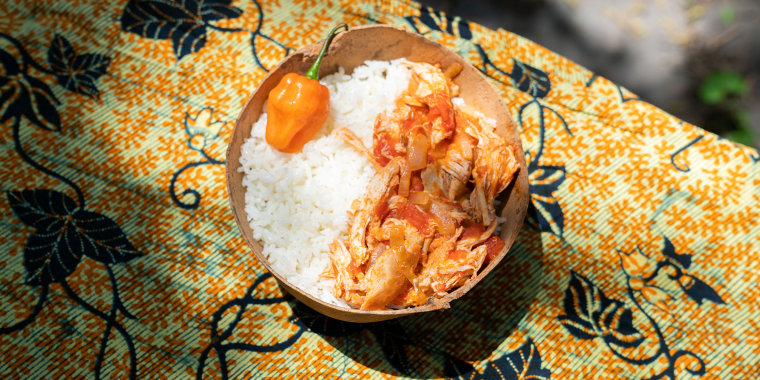Dr. Jessica B. Harris is an award-winning culinary historian, cookbook author and journalist who specializes in the food and foodways of the African diaspora. With this column, "My Culinary Compass," she is taking people all over the world — via their taste buds — with recipes inspired by her extensive travels.
Compass points: 2.17 degrees north, 6.25 degrees west. Cotonou, Benin.
Benin, a narrow, north–south strip of land in West Africa between the Equator and the Tropic of Cancer is bounded by Togo to the west, Burkina Faso and Niger to the north, Nigeria to the east and the Bight of Benin to the south; it is one of the smaller countries in West Africa. It’s a small country with a large history — one that has had an amazing impact on the Western Hemisphere. From the 17th century onward, this region was referred to as the Slave Coast. At the height of the Transatlantic slave trade, Benin, then known as Dahomey, sent an estimated 102,000 captured souls to the New World per decade. Dahomey was also famous for instituting its elite female fighting corps, that were known by many Europeans as the Dahomean Amazons.
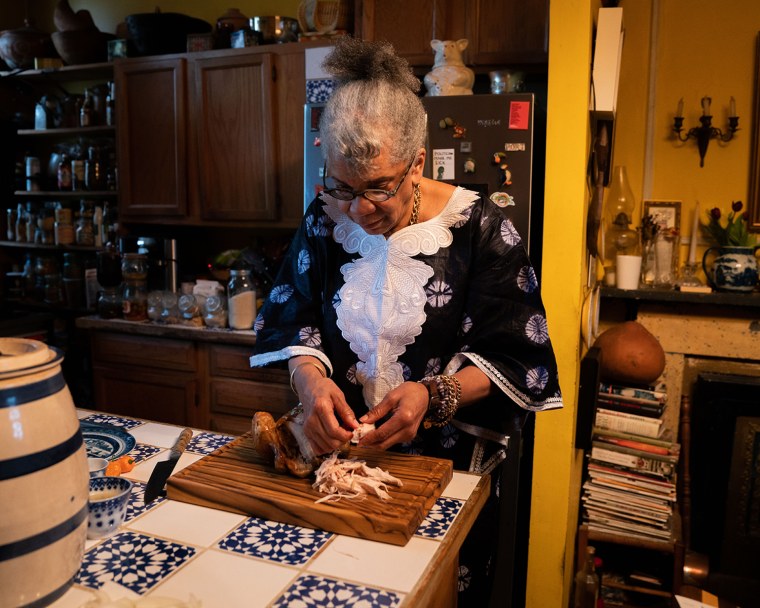
I journeyed to Benin for the first time in 1972 to do research for my doctorate. Since then, I’ve visited the country many times and learned to love its people, its history and especially its food.
Benin is eternal, but I always want to connect the past and to the present. Present day Cotonou, the country’s commercial capital, is a sleepy town with sandy streets humming with traffic and its own ubiquitous motorcycle taxis known as zemijan (or mosquitos), an apt name considering their irritating way of buzzing in and out of already crazy traffic patterns.
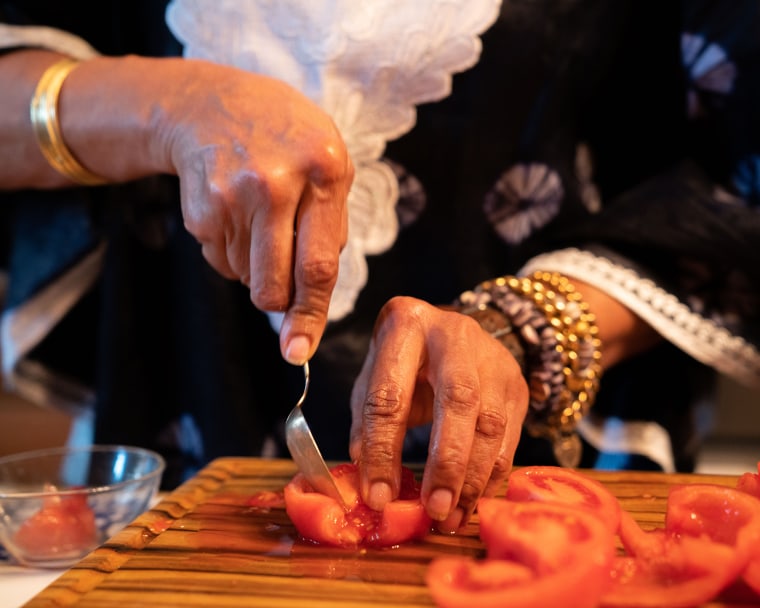
Benin is also the motherlode for any lover of West African markets. There are markets dedicated to items for use in Vodun ceremonies known the Adjara, one called the Marché de Nuit, or night market, where a dinner of local dishes can be purchased and then taken home to impress diners. For me, though, it is a must-visit because it is home to the Dantkopa, the Big Daddy of all markets, with vendors coming from far and wide to sell everything conceivable — from truckloads of true yams and items for use in the rituals of Vodun, a religion that originated there, to live chickens that when grilled are one of the features of the roadside restaurants.
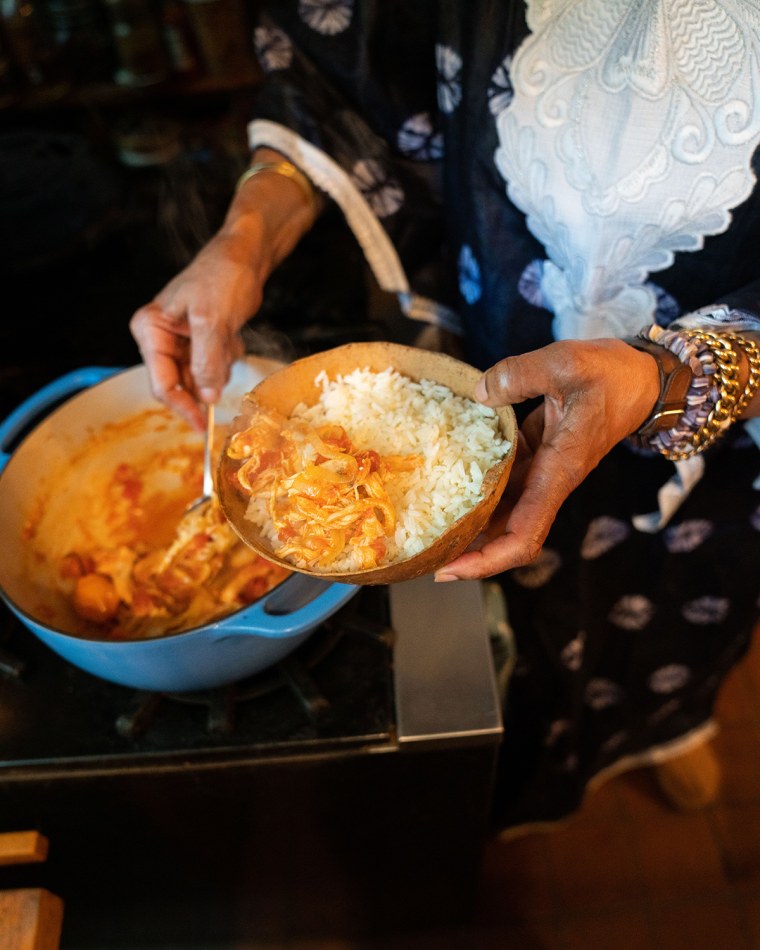
While market nibbles are wonderful and I do indulge, eventually, I’ll want to head out to a restaurant. In Benin, they range from colonial ones that seem transported from some backwater French provincial capital circa 1960, to beachside open-air spots with throbbing house music and sea breezes, to rustic ones called maquis that are set up virtually anywhere.
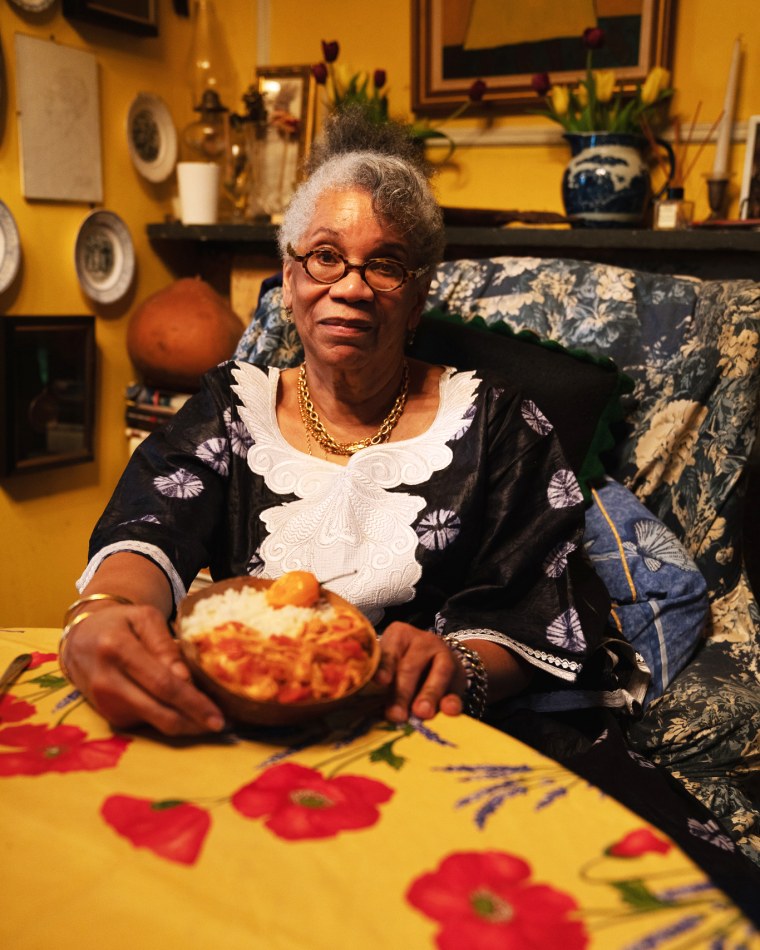
The maquis are my favorites. All they require is someone with a folding table, a few chairs or stools an outdoor grill and a deft hand with preparing the poisson or poulet braisé (grilled fish or chicken that are the mainstays of the menu). I learned to drink La Fiole du Pape, a crook-necked Côte du Rhône that turns up on wine lists in the tropics. It is often served slightly chilled and is perfect with either the spice of traditional Béninoise sauces or with steak frites.
Sooner or later, though, it’s time for a home-cooked meal, and I’m always tickled to be in the kitchen to watch and collect a new recipe. On one trip, I was taught to make a simple tomato and onion dish: moyo. I wasn’t always able to find the pre-cooked smoked chicken that was called for, so I’ve adapted my original recipe to use a rotisserie chicken with a pop of pimentón (paprika) to give it a hint of smoke. It’s not traditional, but it is a culinary homage to Benin, a country I will always hold dear.
Related:
